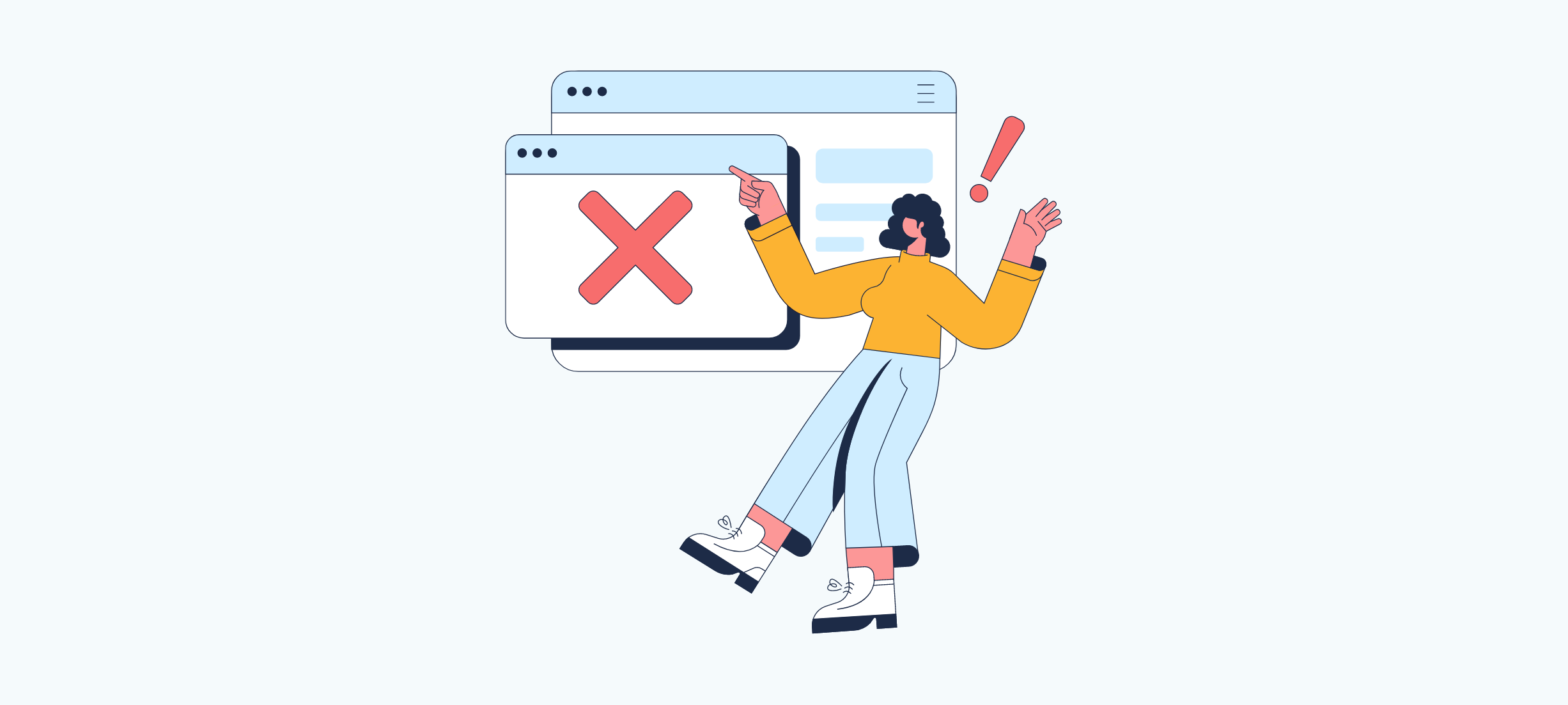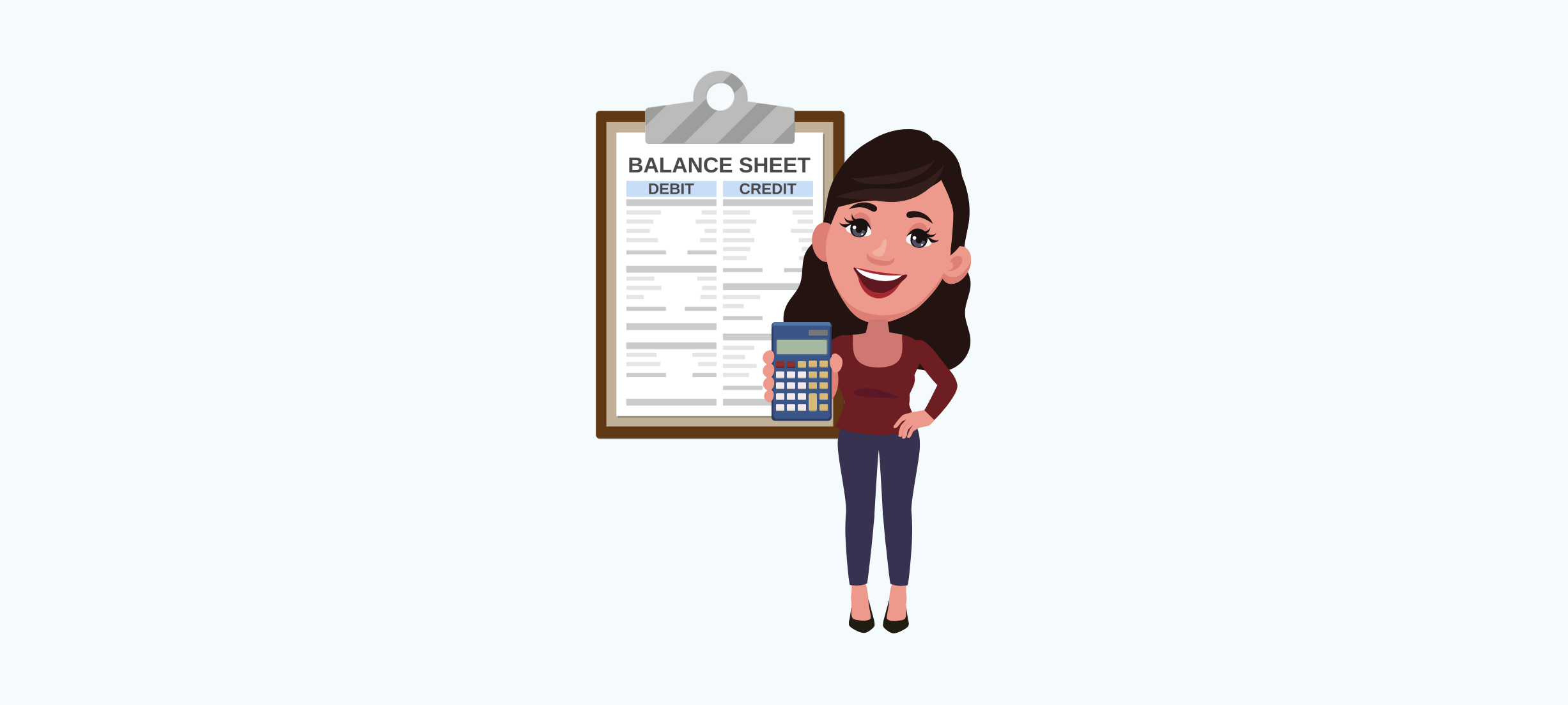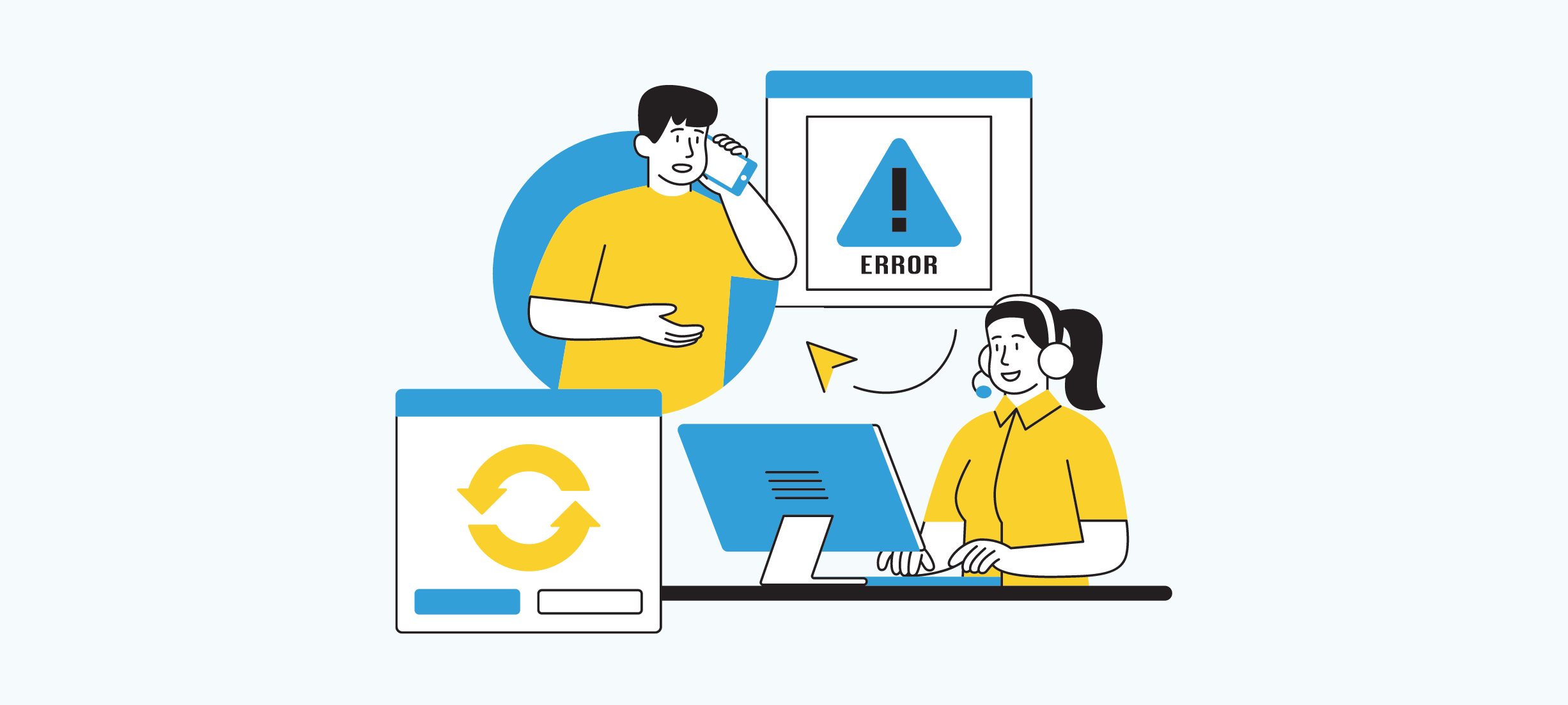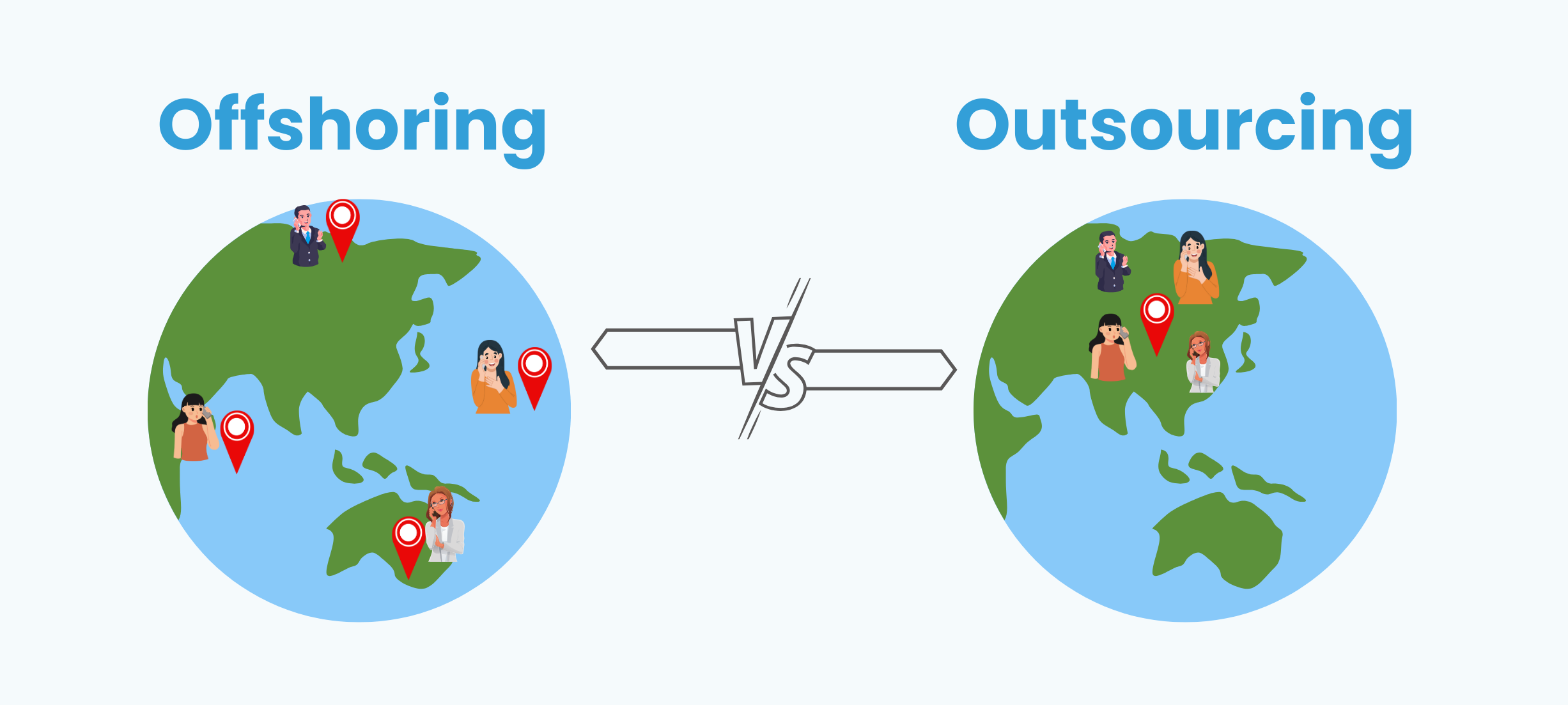Form 1040 tell the government how much income tax you owe for the entire year. But Form 1040-ES splits this into smaller payments you make every quarter. This helps both you and the government keep track of how much tax you’ve paid throughout the year.
We’ll quickly go over what you should understand about estimated taxes. Then, we’ll guide you through the steps of filling out Form 1040-ES.
What is IRS Form 1040-ES?
To make sure you pay the right amount of taxes throughout the year, you use a form called IRS 1040-ES for estimating your taxes. The “ES” stands for estimate taxes.
When you earn money that doesn’t have taxes taken out, like freelance or self-employment income, you need to estimate how much tax you owe each quarter. This is where Form 1040-ES comes in. It helps you figure out how much tax you might owe for the year and divides it into quarterly payments.
Think of it like this: Form 1040 is for reporting your total income tax for the year, while 1040-ES helps you break down that tax into smaller payments you make throughout the year.
If your job doesn’t take taxes out of your paychecks, you’ll need to use 1040-ES to make sure you’re paying the right amount of federal, state, and social security taxes. It helps you avoid owing a big chunk of taxes at the end of the year.
Who should file Form 1040-ES?
It’s designed for those who earn income not subject to withholding, such as:
- Self-employment income: If you’re a freelancer, contractor, or run your own business, you likely fall into this category.
- Gig work income: If you participate in gig economy platforms (like ridesharing or food delivery), this applies to you.
- Investment income: Interest, dividends, and capital gains are examples of investment income.
- Taxable Social Security benefits: If your Social Security benefits are taxable, you’ll need to estimate and pay the corresponding tax.
- Income from rental properties: Landlords and property owners fall under this category.
Form 1040-ES helps you break down your annual tax liability into quarterly installments.
Why is it important?
- Paying estimated tax ensures that you meet your tax obligations throughout the year, rather than facing a large tax bill at year-end.
- If you expect to owe at least $1,000 in tax or your withholding won’t cover 90% or 100% of your total tax liability, you should file Form 1040-ES.
How to file a 1040-ES?
To file Form 1040-ES, you have a couple of options:
1. Manual filing
- Download the printable version of Form 1040-ES from the IRS website.
- Fill it out manually by entering your estimated income and expenses.
- Use the Estimated Tax Worksheet to assist in calculating the amounts.
2. Digital filing
- Visit the IRS website and complete the form digitally online.
- Again, make sure to use the Estimated Tax Worksheet for accurate calculations.
3. Payment methods
- You can pay your estimated taxes in one of the following ways:
- Mail a check or money order along with Form 1040-ES.
- Use the Electronic Federal Tax Payment System (EFTPS) to submit payments electronically. Or call 1-800-555-4477.
- Schedule payments weekly, monthly, or quarterly, up to 365 days in advance.
Remember, filing Form 1040-ES ensures you meet your estimated tax obligations throughout the year, preventing surprises during tax season!
What are the criteria to pay estimated taxes?
Expected tax obligation
- General rule: You generally need to file Form 1040-ES if you expect to owe at least $1,000 in federal income tax after subtracting withholding and refundable credits for the year.
- Higher income: If your adjusted gross income for the previous year was over $150,000 ($75,000 if married filing separately), you might need to pay estimated taxes equal to 110% of your previous year’s tax liability.
Income types
- Income not subject to withholding: This includes income from self-employment, freelance work, investments (interest, dividends, capital gains), rental properties, Social Security benefits (if taxable), and gambling winnings.
- Insufficient withholding: Even if you have some income subject to withholding, if your employer doesn’t withhold enough to cover your tax liability, you might need to file estimated taxes.
Withholding coverage
- You are generally exempt from filing Form 1040-ES if your withholding covers 90% of your current year’s tax liability or 100% of your previous year’s tax liability (whichever is lower).
Exceptions
- No tax liability in the prior year: If you had no tax liability for the previous year, you generally don’t need to file.
- Full-time employee with one job: If you’re a full-time employee with only one job and your employer withholds enough taxes throughout the year, you might not need to file.
How to calculate estimated taxes?
Calculating your estimated taxes can seem daunting, but following these steps and utilizing available resources can make it manageable:
1. Gather information
- Previous year’s tax return: Your previous year’s Form 1040 will help establish your income baseline and deductions.
- Estimated income and expenses for the current year: Consider income from all sources, including self-employment, investments, rental properties, etc., and factor in expected deductions and credits.
- Tax software or IRS worksheet: These resources guide you through calculations and reduce potential errors.
2. Choose a calculation method
Two primary methods exist
- Previous year’s tax: Estimate your tax liability using your previous year’s tax return as a starting point and adjust for expected changes in income and deductions.
- Annualized income: Estimate your current year’s income and expenses, calculate your tax liability on this projected income, and divide that amount by four for quarterly payments.
3. Calculate your tax liability
- Use your chosen method and relevant resources to estimate your annual tax liability for the current year. Remember to factor in federal income tax, self-employment tax (if applicable), and any other relevant taxes.
4. Determine quarterly payments
- Divide your estimated annual tax liability by four to get your quarterly payment amount.
- Remember: Some adjustments might apply for higher-income earners (paying 110% of the previous year’s tax).
5. Resources for calculation:
- IRS Form 1040-ES instructions and worksheet: https://www.irs.gov/pub/irs-prior/f1040es–2023.pdf
- Tax software programs: Many offer user-friendly interfaces and automated calculations.
- Tax professionals: They can offer personalized guidance and ensure accurate calculations.
Additional tips:
- Adjust payments throughout the year: If your income significantly changes, re-estimate and adjust your payments accordingly.
- Avoid underpaying: Underpayments might incur penalties, so aim for accuracy.
- Keep records: Maintain documentation of your estimated tax payments and calculations.
Where to get the latest 1040 ES form?
There are two ways to get the latest 1040-ES form:
1. Download from the IRS website
This is the recommended and most up-to-date option. You can download the 2024 Form 1040-ES directly from the IRS website at this link:
2. Order from the IRS
You can also order a free paper copy of the form by calling the IRS at 1-800-829-1040. However, keep in mind that it might take some time to receive the form by mail, so downloading it electronically is faster and ensures you have the latest version.
IRS estimated tax payment dates
Imagine paying your taxes throughout the year instead of one big chunk at the end. That’s what estimated tax payments are like. They’re like four smaller bills spread out over the year.
You usually pay your estimated taxes in small amounts throughout the year on specific dates: April 15, June 15, September 15, and January 15 of the next year.
If any of these dates fall on a weekend or holiday, you pay on the next business day.

How is the Form 1040 ES different from Form 1040?
Form 1040-ES and Form 1040 serve distinct purposes in the world of taxes:
Form 1040
- Function: Form 1040 is the main individual income tax return form used by taxpayers to report their annual income, deductions, credits, and calculate their final tax liability.
- Timing: It is filed annually after the end of the tax year (usually by April 15).
- Content: Form 1040 covers the entire tax year and provides a comprehensive overview of your financial situation.
Form 1040-ES
- Function: Form 1040-ES is used to calculate and pay estimated tax. Estimated tax is the method used to pay tax on income that is not subject to withholding (e.g., self-employment income, interest, dividends, rents, alimony, etc.).
- Timing: It is filed quarterly throughout the year.
- Content: Form 1040-ES helps you break down your annual tax liability into quarterly installments. It ensures that you pay taxes on time, especially if your income isn’t subject to regular withholding.
In summary, while Form 1040 reports your income tax for the entire year, Form 1040–ES breaks it down into manageable quarterly payments. Think of them as two pieces of a puzzle—Form 1040 provides the big picture, and Form 1040-ES ensures you stay on track throughout the year!
How BookkeeperLive can help you?
BookkeeperLive is your trusted partner for seamless and hassle-free financial management. As you delve into the intricacies of IRS Form 1040-ES, our expert team ensures that you navigate the estimated tax landscape with confidence. Here’s how we can help:
1. Accurate calculations and timely payments
- Our tax professionals meticulously calculate your estimated tax liability based on your income sources, deductions, and credits.
- We break down your annual tax obligation into quarterly installments, ensuring you meet deadlines without surprises.
2. Personalized guidance
- Worried about complex tax forms? Fear not! BookkeeperLive provides you with all the know-how of tax preparation and the necessary forms.
- We guide you through the process, answering your questions and ensuring compliance.
3. Streamlined bookkeeping services
- While you focus on growing your business, we handle your bookkeeping needs. From maintaining accurate records to tracking finances, we’ve got you covered.
- Clear the clutter of managing piles of papers—our virtual accounting services keep your transactions and accounts in perfect order.
4. Tax preparation made easy
- BookkeeperLive simplifies the error-prone process of tax filing. We ensure your books and datasheets are efficiently and effectively tax filed.
- Say goodbye to last-minute rushes and penalties!
5. For accountants and CPAs
- We collaborate with CPAs, accountants, and tax preparation firms. Let us handle the write-up process while you focus on revenue generation.
- Our daily availability ensures smooth communication and necessary adjustments to the books.
BookkeeperLive—your partner in financial success. Whether you’re a small business owner or an individual, let us take care of your estimated taxes while you concentrate on what matters most. Visit our website here to explore our services and start your stress-free financial journey!
FAQs
1. How do I know if I need to file?
- Review your previous year’s tax return to see if you owed additional taxes.
- Estimate your income and expenses for the current year and calculate your potential tax liability.
- Use the IRS website or tax software to help with estimation.
2. When are the deadlines for estimated tax payments?
- Quarterly taxes are due on April 15th, June 17th, September 16th, and January 15th of the following year (e.g., January 15, 2025, for your 2024 taxes).
3. Can I adjust my estimated payments throughout the year?
- Yes! If your income significantly changes, re-estimate your tax liability and adjust your payments accordingly to avoid underpayment penalties.
4. What happens if I underpay my estimated taxes?
- You might be subject to penalties and interest charges on the unpaid amount.
5. What if I miss an estimated tax payment deadline?
- You can still make the payment as soon as possible to minimize penalties and interest.
- You may be able to file Form 2210, Underpayment of Estimated Tax to Request Penalty Abatement, if you have reasonable cause for underpayment.
6. Can I pay more than the estimated amount each quarter?
- Yes! You can overpay your estimated taxes, and any excess will be applied to your final tax bill or refunded when you file your Form 1040.
7. What if I’m a farmer or fisherman?
- There are special rules for farmers and fishermen regarding estimated tax payments. See Publication 225, Farmer’s Tax Guide, for more information.








